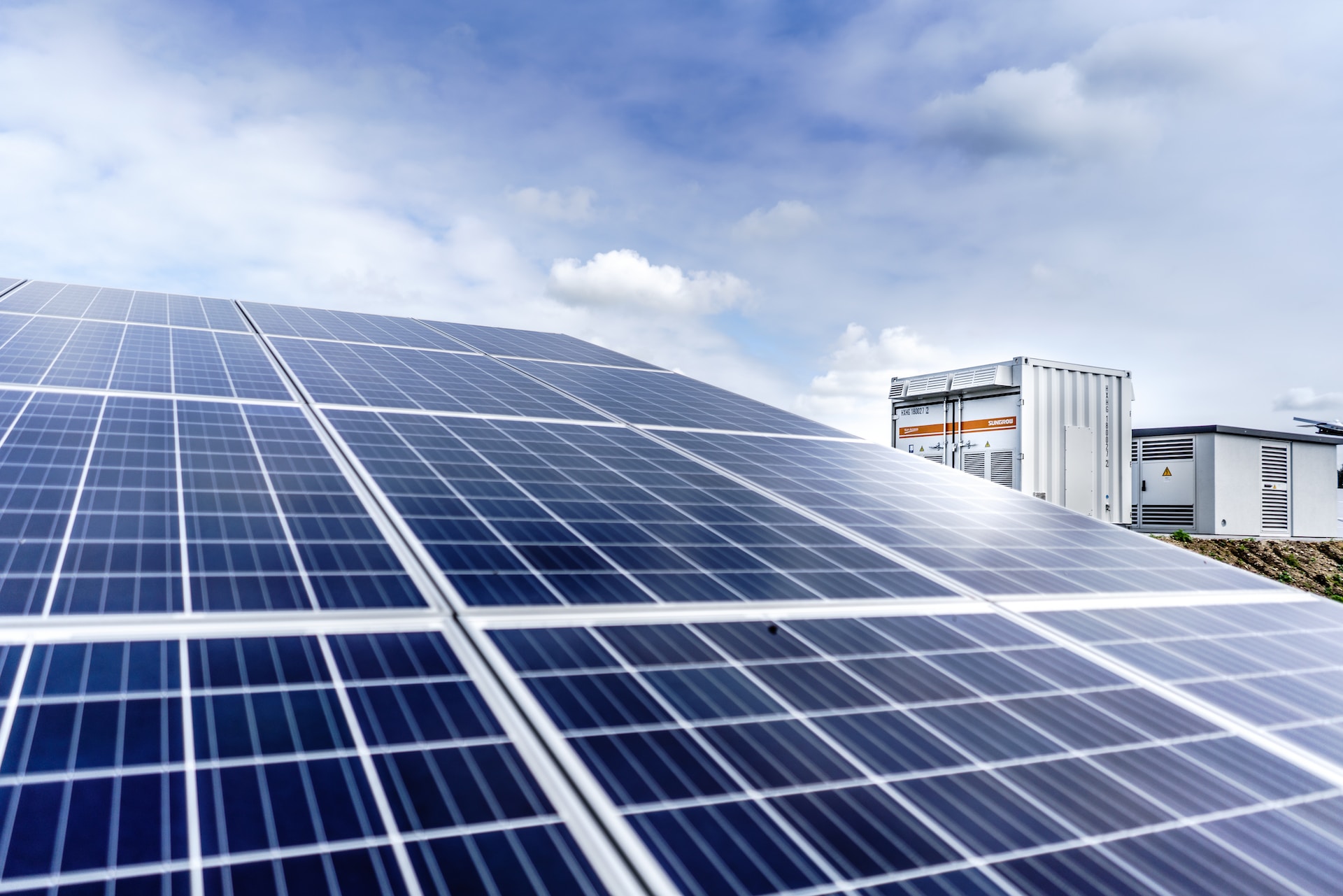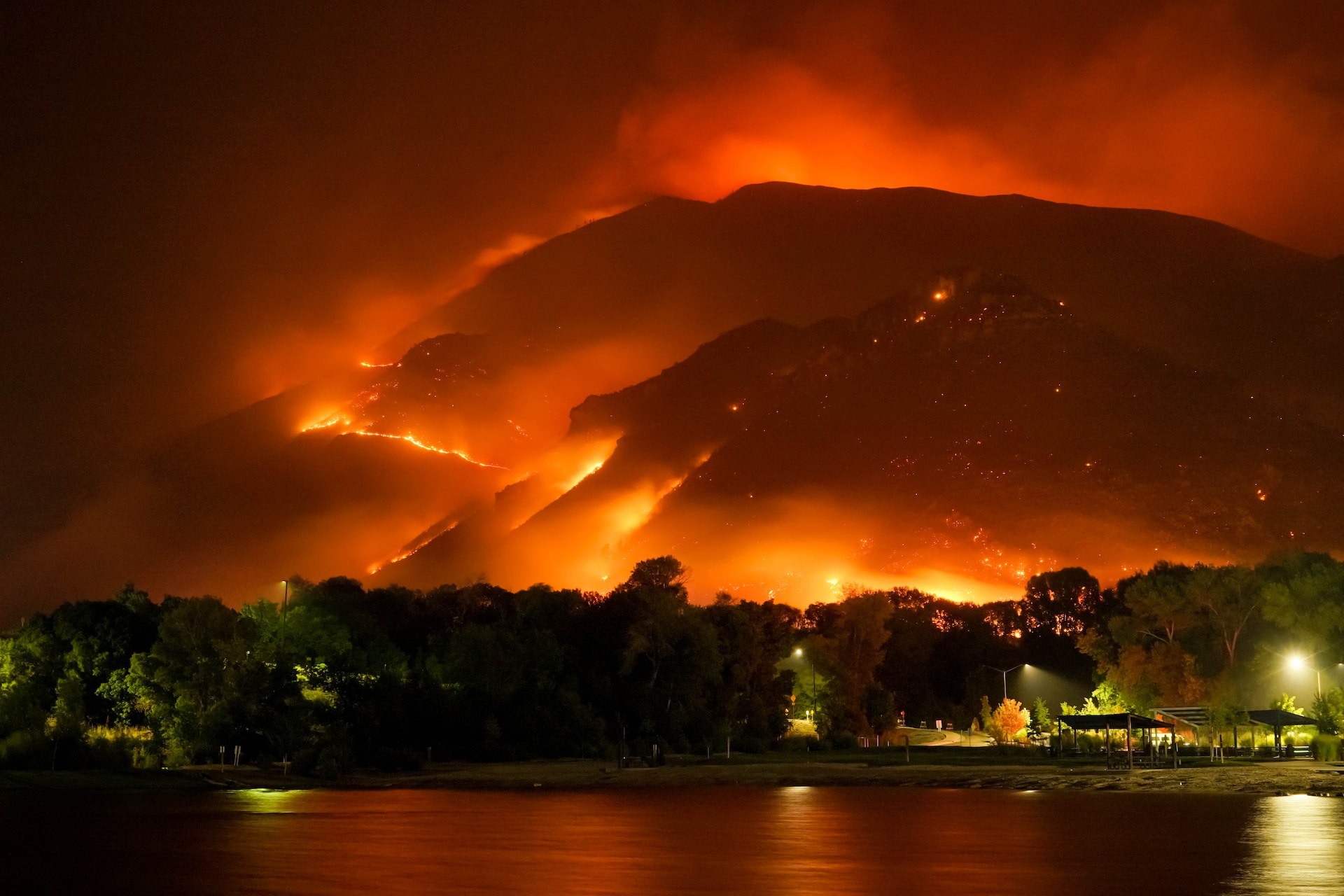According to IEA’s Net Zero Roadmap, achieving net zero and reaching 1.5 C is possible due to the growth of key clean energy technologies. Even though the rate is steady, yet needs to increase rapidly in many areas.
The Roadmap has updated the original report published in the year 2021 which has been beneficial to policymakers, industry, the financial sector, and civil society.
In the year 2023, the update is across topics –
- Changes to the energy landscape
- Post-pandemic economic rebound
- Growth in some clean energy technologies
- Increased investment in fossil fuels and
- Stubbornly high emissions.
A rise in the growth of solar power, electric car sales, and industry plans to increase the manufacture of such products.
Clean energy solutions bring more options to decrease costs and emissions.
According to IEA, in the IEA’s original Roadmap in 2021, technologies not yet available on the market delivered nearly half of the emissions reductions needed for net zero in 2050. That number has now fallen to around 35% in this year’s update.
In the 2023 update for net zero pathway –
- Global renewable power capacity triples by 2030.
- The annual rate of energy efficiency improvements doubles.
- The sale of electric vehicles and heat pumps rise sharply.
- Energy sector methane emissions fall by 75%.
As per IEA, these methods working at with each other deliver more than 80% of the reductions needed by the end of the decade.
Fatih Birol, IEA Executive Director, said, “Keeping alive the goal of limiting global warming to 1.5 °C requires the world to come together quickly.”
“The good news is we know what we need to do – and how to do it. Our 2023 Net Zero Roadmap, based on the latest data and analysis, shows a path forward,”
“But we also have a very clear message: Strong international cooperation is crucial to success. Governments need to separate climate from geopolitics, given the scale of the challenge at hand.”
The Roadmap plans a route to net zero for the energy sector as well as emphasizes the need for equitable transition for the national conditions.
This refers to the advanced economies reaching net zero sooner to allow emerging and developing economies to reach it too.
The IEA report says, “The net zero pathway achieves full access to modern forms of energy for all by 2030 through annual investment of nearly USD 45 billion per year – just over 1% of energy sector investment.”
The obtaining of the targets can also utilize an increase in investment, especially in emerging and developing economies.
In the net zero pathway, expenses on global clean energy might increase from USD 1.8 trillion in 2023 to USD 4.5 trillion annually by the early 2030s.
The policy-guided hype in the clean energy capacity can lower fossil fuel demand by 25% by 2030, which reduces emissions by 35% when compared with the all-time high recorded in 2022.
As per the report,
This will bring fossil fuel demand lower to 80% by 2050 which will result in a lower need for –
- New long-lead-time upstream oil and gas projects,
- New coal mines,
- Mine extensions or
- New unabated coal plants.
With these, continued investment in some existing oil and gas assets and already approved projects is needed.
The IEA claims that an increase in clean energy investment and the decline of fossil fuel supply investment are still important to keep the damaging price spikes or supply gluts out.
Creating a critical minerals and clean energy technologies sector that is diverse and resilient in the supply chain is vital for the energy sector with net zero emissions. For this pace and scope for clean energy development, it is required that supply chains remain open.
The report says, “failure to sufficiently step up ambition and implementation between now and 2030 would create additional climate risks”. If the failure happens, it can affect the obtaining of the target, related to the massive deployment of carbon removal technologies, which are expensive and unproven at scale.
The report also suggests, “In a Delayed Action Case that the report examines, a failure to expand clean energy quickly enough by 2030 means nearly 5 billion tonnes of carbon dioxide would have to be removed from the atmosphere every year during the second half of this century. If carbon removal technologies fail to deliver at such scale, returning the temperature to 1.5 °C would not be possible.”
Dr Birol says, “Removing carbon from the atmosphere is very costly. We must do everything possible to stop putting it there in the first place,”
“The pathway to 1.5 °C has narrowed in the past two years, but clean energy technologies are keeping it open.”
“With international momentum building behind key global targets such as tripling renewable capacity and doubling energy efficiency by 2030, which would together lead to a stronger decline in fossil fuel demand this decade, the COP28 climate summit in Dubai is a vital opportunity to commit to stronger ambition and implementation in the remaining years of this critical decade.”



